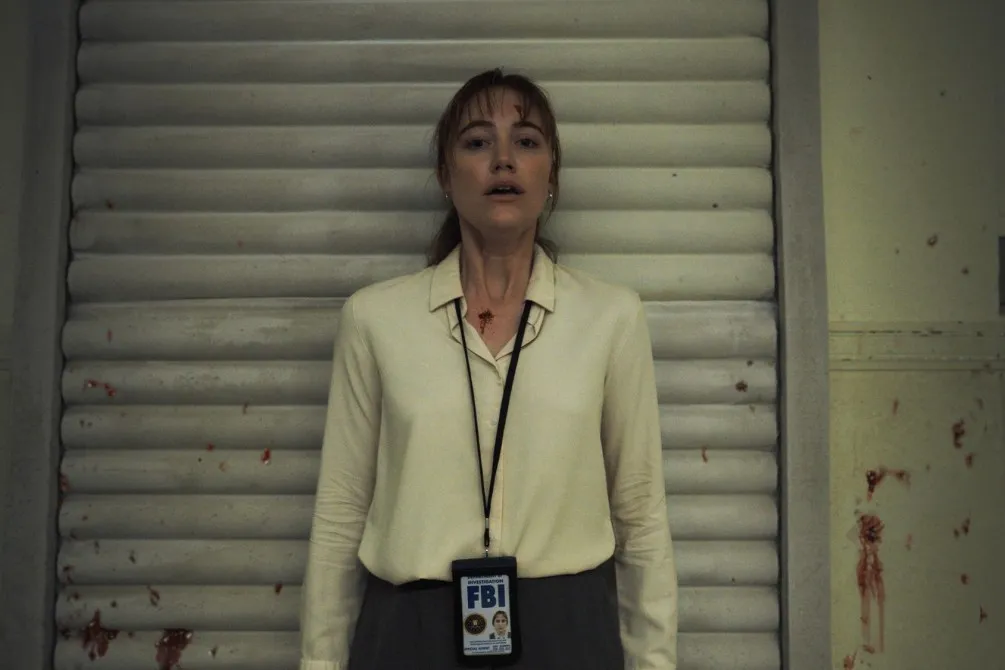There’s a certain imagery associated with tiki culture — that broad over-Americanization of all things tropical, resulting in color-me-sick frozen cocktails with plastic swords for miniature pirates poured into coconuts.
Maybe this imagery is the result of too many cruise-ship vacations with the family, but the roots of tiki culture and culinary importance run deep into post-World War II American culture and history, and is making a resurgence in the Austin bar scene, with more high-end bars such as FINO and East Side Show Room offering tiki-themed cocktail nights.
“When the war ended, returning servicemen carried home stories and snapshots of exotic Pacific lands and people they met in transit and on leave,” wrote Wayne Curtis in “And a Bottle of Rum: A History of the New World in Ten Cocktails.” “Tiki began in the cities, but it was too powerful to remain confined there … Apartment buildings, bowling alleys, trailer parks, laundromats, and corner restaurants were dressed up with tiki heads and masks, rattan walls, dried blow-fish, and electric tiki torches.”
Although the war ended in 1945, some memories never went away for servicemen. Stories were swapped, realities of war were glossed over and the tiki craze slowly matured in California until it had fully invaded the U.S. by the early ’60s.
Think of the 1949 musical or the 1958 movie “South Pacific,” or Elvis Presley’s “Blue Hawaii” in 1961, two years after Hawaii became a state. Throw this island trend in with the bombshell Hollywood girls partying it up in chic Frank Lloyd Wright homes, and it’s not hard to see how all eyes were turned to California.
But let’s back this story up to the early ‘30s and one long-standing cocktail clash between Don the Beachcomber and Trader Vic’s. Both entrepreneurs were so ingrained in their business that rarely do you find them referred to by their original names.
Beachcomber, born Ernest Raymond Beaumont Gantt in New Orleans according to the bio on his site, was a world traveler during the Depression until he met some guys from California who convinced him to go out to California in ’31. Three years later, he took his collective experiences as a drifter and Don the Beachcomber’s restaurant in L.A. was born.
That was the same year that Trader Vic, born Victor Bergeron according to his website, started up his bar in Oakland, Calif. But Vic didn’t start with tiki. His saloon, Hinky Dinks, became Trader Vic’s two years later, after he traveled to the South Pacific.
Out of this feud came two citrus drinks that use rich rum flavors: the zombie and the mai tai.
“Although [the zombie] may seem like a product of the Pu-Pu platter 1950s,” wrote David Wondrich, cocktail historian for Esquire, “it actually hearkens back to the late ’30s, when Hollywood restaurateur Don the Beachcomber supposedly cooked it up as liquid CPR for some poor SOB experiencing death by hangover.”
The zombie is complex, to say the least. With 11 ingredients and four distinct types of rum, it’s no wonder that this drink isn’t seen in your contemporary dive bars.
Then there’s the mai tai, the most contested tiki cocktail, which arguably fared a little better than its elaborate, living-dead cocktail counterpart. The original recipe looks somewhat like an abridged version of the mai tai, with its citrus, rum and curacao components. Vic’s site still claims that he came up with it first in ’44, after one of his Tahitian friends called out, “Maita’i roa ae!” which translates to “the very best.”
Unfortunately, cocktail history can be somewhat like trying to remember what you did last night after the fifth or sixth shot of tequila — you’re not quite sure what was in some of your drinks and you’re pretty sure you got in a couple fights. But the result from this part of cocktail history is that both cocktails and entrepreneurs did something great for the culinary world: They helped bring mixology back to the U.S.
Regardless of Beachcomber and Vic’s rivalry, both helped usher back in the art of mixology after much of that craft had been lost or unused during the prior 13 years of Prohibition. Before it was repealed in ’33, most people in the industry went underground, found new jobs or left for another country so they could still make a buck.
If you find yourself with a knowledgeable bartender this summer who won’t give you an airplane-toilet-water-blue tiki cocktail, try one of these drinks, impress someone at the pool-side bar or just enjoy your sweet summer vacation.














